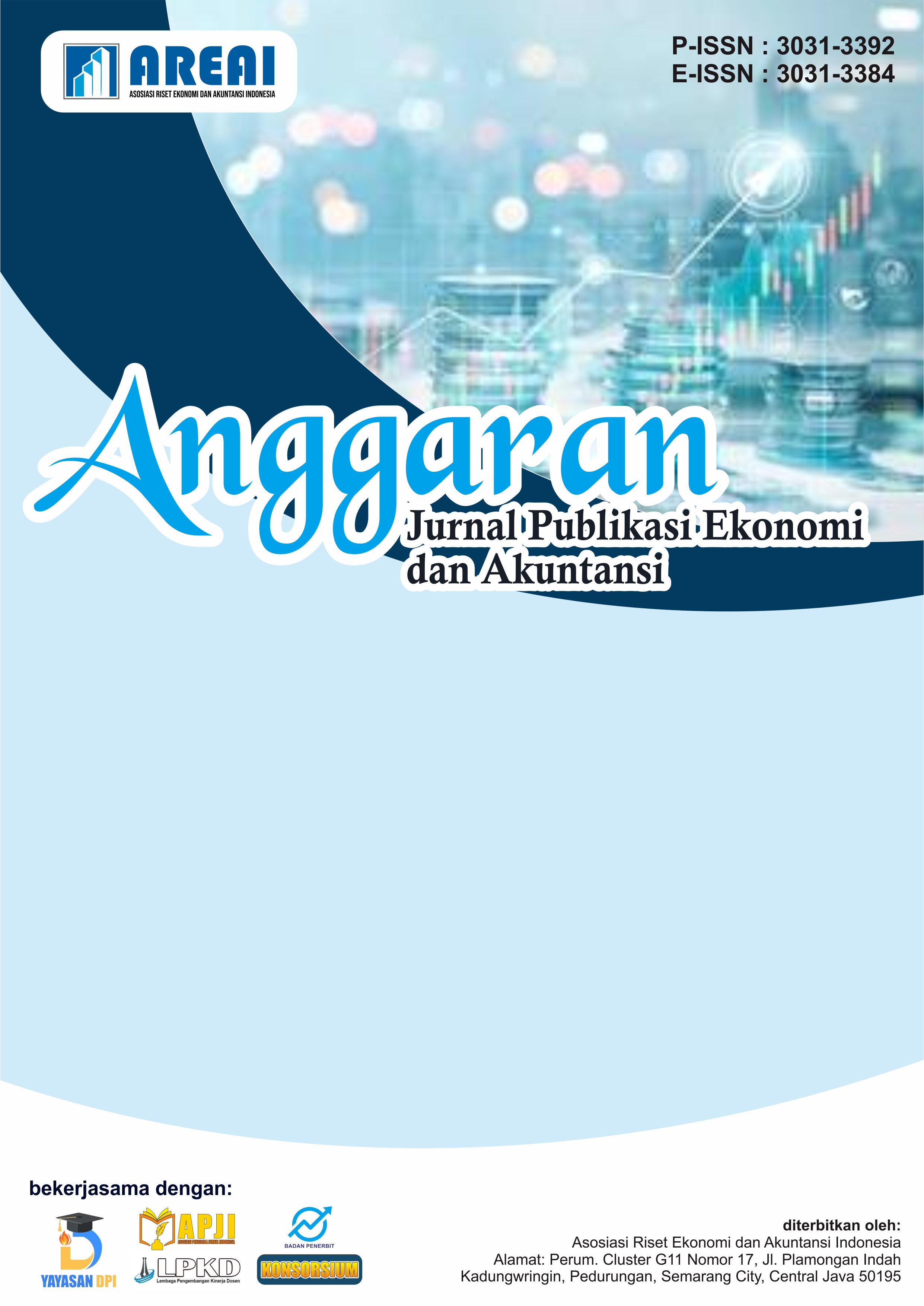Solusi Praperencanaan Kepemilikan Rumah Bagi Generasi Z dengan menggunakan Pendekatan Design Thinking
DOI:
https://doi.org/10.61132/anggaran.v3i1.1107Keywords:
Generation Z, Financial Planner, Financial Planning, Affordable Homes, Smart TechnologyAbstract
This study explores the application of the design thinking approach in the pre-planning phase of subsidized homeownership for Generation Z in Indonesia. As Generation Z enters adulthood and begins to plan for the future, they face various challenges in achieving homeownership, particularly regarding financial issues and access to subsidized housing programs. The design thinking approach is used to gain a deeper understanding of the needs, desires, and barriers faced by Generation Z through the stages of empathy, problem definition, ideation, prototyping, and testing. By focusing on innovative and user-centered solutions, this research aims to design a more relevant and acceptable subsidized homeownership model for Generation Z. The findings of this study are expected to provide insights for housing developers and policymakers in designing more efficient and appropriate housing policies and programs that align with the socio-economic dynamics of Generation Z.
Downloads
References
Adianto, T. R., Arifin, Z., & Khairina, D. M. (2017). Sistem pendukung keputusan pemilihan rumah tinggal di perumahan menggunakan metode Simple Additive Weighting (SAW) (Studi kasus: Kota Samarinda). Prosiding Seminar Ilmu Komputer dan Teknologi Informasi, 2(1), Maret 2017. e-ISSN 2540-7902.
Badan Pusat Statistik. (2023). Statistik Indonesia: Statistical yearbook of Indonesia 2023. BPS-Statistics Indonesia. 0126-2912.
Bank Indonesia. (2024). Sinergi memperkuat ketahanan dan kebangkitan ekonomi nasional: Laporan perekonomian Indonesia 2023. 0522-2572.
Brown, T. (2009). Change by design: How design thinking creates new alternatives for business and society. Harper Business.
Dimock, M. (2019, January 17). Defining generations: Where Millennials end and Generation Z begins. Pew Research Center. Retrieved from https://www.pewresearch.org/fact-tank/2019/01/17/where-millennials-end-and-generation-z-begins/
Institute of Design at Stanford. (n.d.). An introduction to design thinking process guide. Stanford University. Retrieved from https://dschool.stanford.edu/resources/the-bootcamp-bootleg
Inventure. (2024). Indonesia industry outlook 2025.
Kementerian Pekerjaan Umum dan Perumahan Rakyat Republik Indonesia. (2022). Laporan tahunan program perumahan subsidi 2022. Jakarta: Kementerian PUPR.
Liedtka, J. (2013). Design thinking: What it is and why it works. Darden School of Business.
Rini, Idham, A. P., & Latief, R. (2016). Evaluasi ketersediaan rumah susun sewa terhadap pertumbuhan permukiman kumuh Kelurahan Wameo Kecamatan Batupuaro. Plano Madani, ISSN 2541-2973.
Supriyono, H., & Sari, C. P. (2015). Pemilihan rumah tinggal menggunakan metode weighted product. Khazanah Informatika. Online ISSN: 2477-698X.
Sustiyo, J. (2020). Apakah literasi keuangan memengaruhi perilaku konsumsi generasi Z? Imanensi, 5(1), 25-34. https://doi.org/10.34202/imanensi.5.1.2020.25-34
Downloads
Published
How to Cite
Issue
Section
License
Copyright (c) 2024 Anggaran : Jurnal Publikasi Ekonomi dan Akuntansi

This work is licensed under a Creative Commons Attribution-ShareAlike 4.0 International License.






